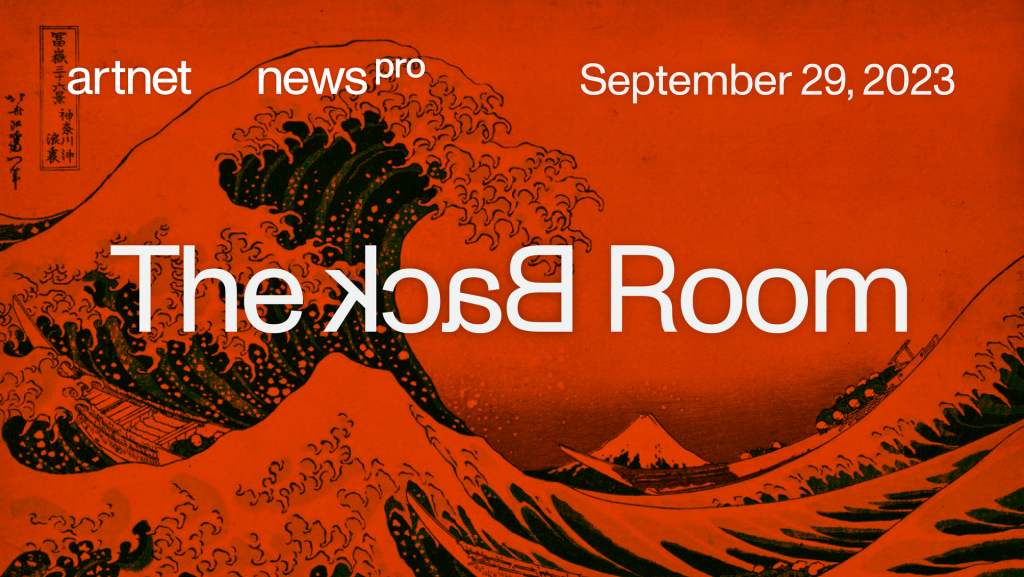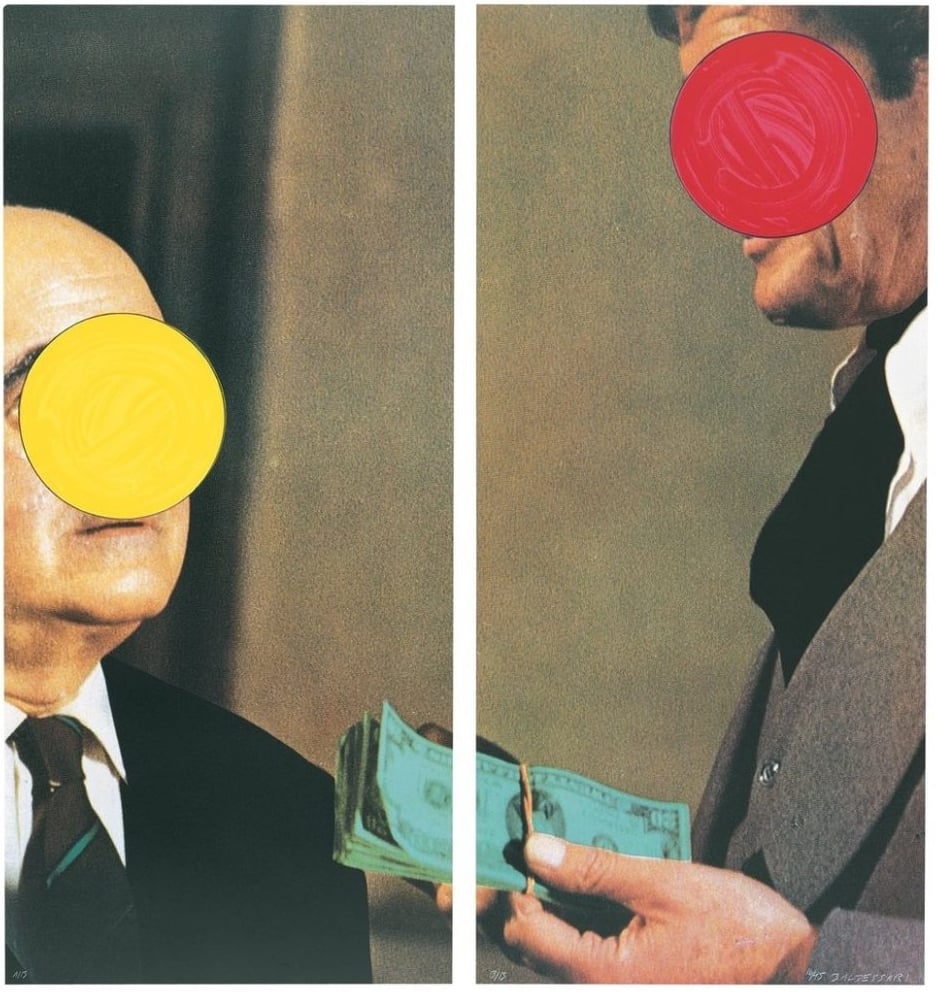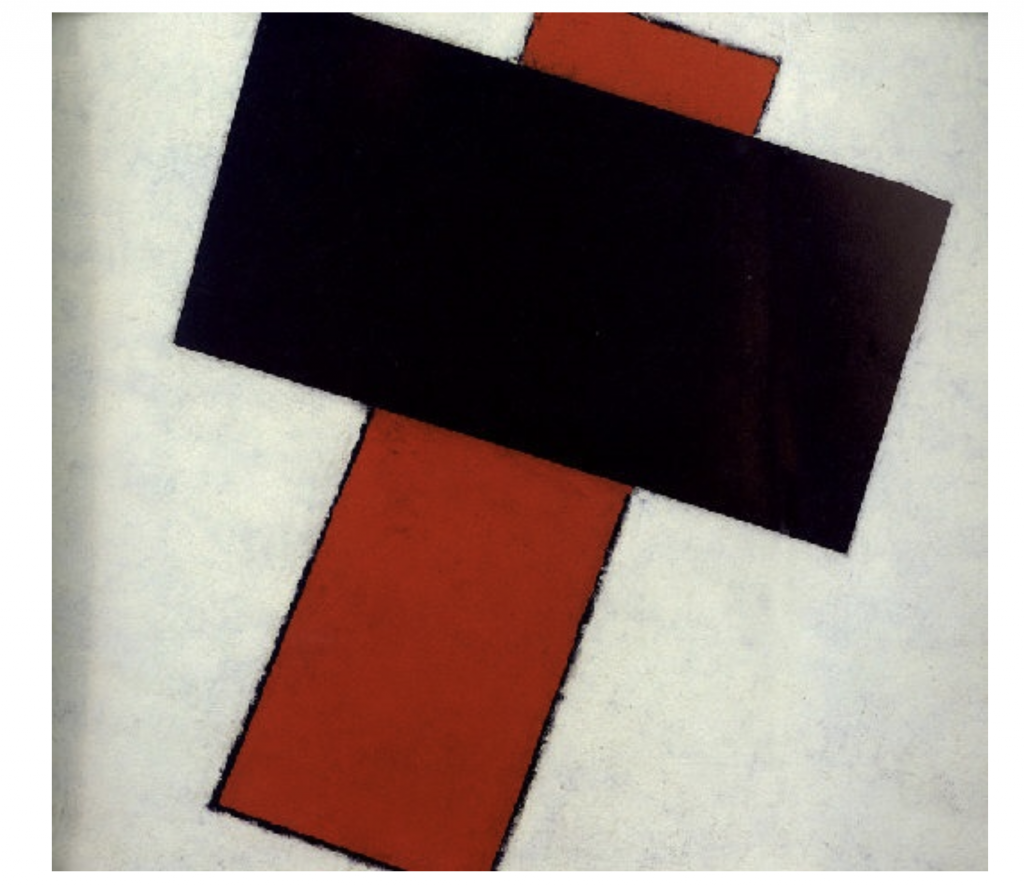The Back Room
The Back Room: A Tsunami of Lawsuits
A tidal wave of lawsuits crashes on the art world, international galleries set up shop in the U.S. to skip the art fair circus, and more.

A tidal wave of lawsuits crashes on the art world, international galleries set up shop in the U.S. to skip the art fair circus, and more.

Artnet News

Every Friday, Artnet News Pro members get exclusive access to the Back Room, our lively recap funneling only the week’s must-know intel into a nimble read you’ll actually enjoy.
This week in the Back Room: a tidal wave of lawsuits crashes on the banks of art world, international galleries set up shop in the U.S. to skip the art fair circus, and much more—all in a 6-minute read (1,616 words).

John Baldessari, Money (with Space Between) (1991) courtesy Gemini G.E.L.© John Baldessari.
Another week, another art world lawsuit. Or so it seems with allegations flying and high-profile verdicts coming down at last after years of litigation. Last week, as loyal Back Room readers may recall, we delved into the tumultuous waters surrounding the $86 million scheme orchestrated by convicted fraudster Inigo Philbrick, whose business partner Robert Newland was sentenced to 20 months in prison on September 20.
But that was just the tip of the iceberg—or what art advisor Todd Levin dubbed an unprecedented “tsunami of lawsuits.” Exhibit A: Eileen Kinsella’s breaking news about the battle between collectors Candace Barasch and Richard Grossman and their longtime adviser Lisa Schiff. Exhibit B: Artist Jeffrey Gibson’s suit against Kavi Gupta Gallery. Or Exhibit C: the Orlando Museum of Art going after its former director Aaron De Groft. (There are even more in this week’s Art Detective, exclusively for Pro subscribers.)
Why is the art world suddenly so interested in airing its dirty laundry? There’s a lot of money at stake, for one. And money became a lot more expensive since last year. Individuals, companies, and even the government are digging up unpaid invoices and rushing to collect.
Will this spate of suits spur the founding of a new legal field? As numerous attorneys have pointed out to us over the years, there technically is not really a body of “art law” against which to draw precedent. Sure, there are copyright and fair-use cases, but many of the increasingly high-stakes recent rulings have been forced to draw from case law or policy related to contract disputes, wire fraud, money laundering, tax evasion, or misappropriation of funds, to name a few.
Take for instance, the recent decision by a Florida judge over an artist who was sued after allegedly selling $50 million worth of NFTs by a production company that said the artist then reneged on profit sharing. Rather than what we braced for—some complicated discussion over blockchain, digital art, and cryptocurrency—the judge’s tartly rendered opinion in the case came down to one factor: the lack of a start date on the initial signed contract.
Wet Paint is out of office, and will return next week.
Here’s what else made a mark around the industry since last Friday morning…
Art Fairs
Auctions
Galleries
Institutions & Biennials
Tech and Legal News
“You have such limited momentum to do it all—to talk with clients and curators, to sell, and secure a potentially important institutional relationship—not to mention appreciate it all and also have fun. If you take that money and open a second location with a pre-prepareed plan, solid ideas, you can get yourself 365 days of possibility of making it all happen. Why not try?”
—Piotr Drewko, the owner of Warsaw-based gallery Wschód, on exactly why opening an outpost in New York may be a better deal that going to art fairs.

Kazimir Malevich, Suprematist Composition (1919-20). Courtesy of Artnet Price Database.
Date: 1919-1920
Seller: MOMA via Phillips
Estimate: $15 million to $20 million
Sold for: $17,052,500
Sale date: May 11, 2000
It only recently came to light due to a massive document leak of Cyprus-based MeritServus HC Limited, a corporate services provider, that this jewel of Russian avant-garde painting is one of several pricey trophy artworks currently in the hands of sanctioned Russian billionaire art collector, and former owner of Chelsea Football Club, Roman Abramovich.
The painting was auctioned by Phillips New York in 2000 for just over $17 million. The city’s Museum of Modern Art put it up for sale after rounds of legal sparring with Malevich’s heirs, who were seeking the return of his canvas.
According to a report in the Guardian, one of several organizations granted access to the leaked documents, more recent movements of the Malevich were revealed in invoices for transportation to and from London warehouses, including specialty handler Martinspeed, which was acquired by Crozier Fine Arts in 2021.
The Guardian estimates that by 2013 the painting was in Abramovich’s collection, which he amassed with his ex-wife Dasha Zhukova, who founded Russia’s Garage Museum of Contemporary Art in 2008.
The buyer at Phillips in 2000 is unknown and the price paid by Abramovich before or in 2013 is also not known. But it’s a safe bet the painting would fetch many multiples of the 2000 auction price were it to come to the market today, more than 20 years later. According to the Artnet Price Database, the top two prices for the artist’s work are $85.8 million and $60 million—for the same work, a 1916 canvas also titled Suprematist Composition, which was sold twice at auction, exactly one decade apart, first at Sotheby’s New York in 2008, and then again at Christie’s New York, in 2018, the latter sale of which brought the top $85.8 million that remains the current record for the artist.
According to the PDB the Malevich that Abramovich holds is still the sixth most expensive painting by the artist sold at auction, while ten Malevich works have sold for over $1 million each at auction.
—Eileen Kinsella